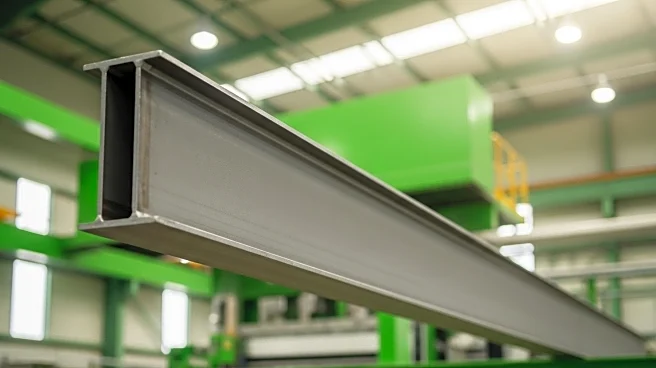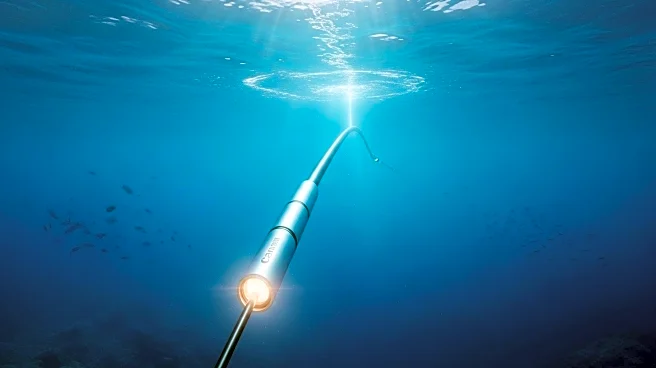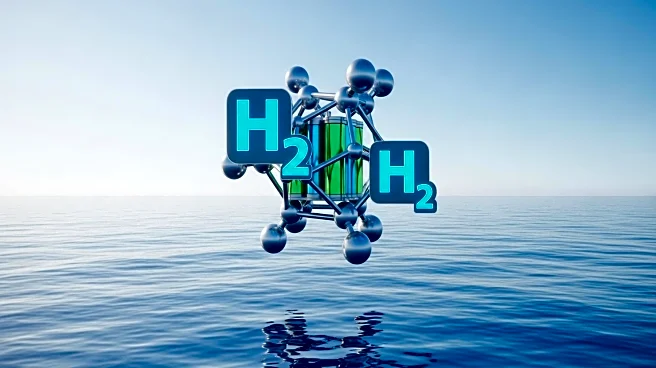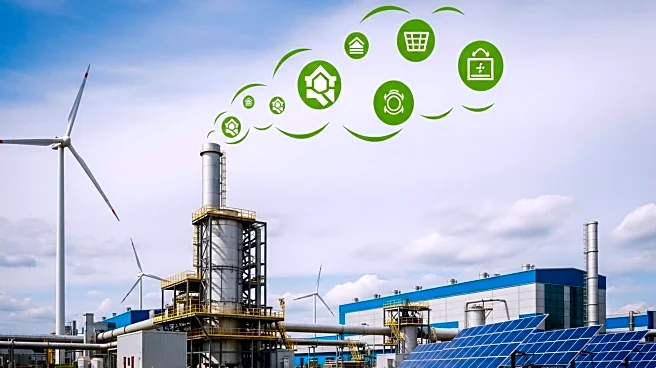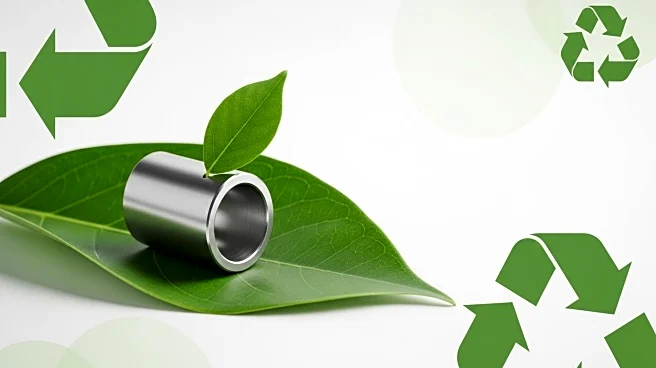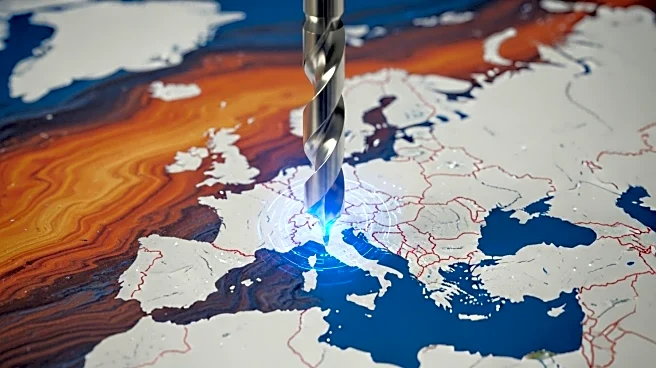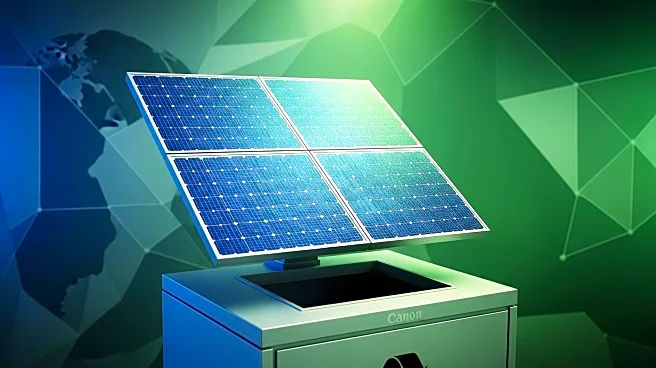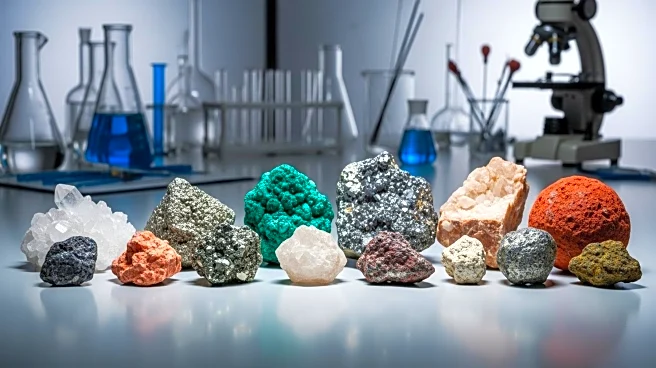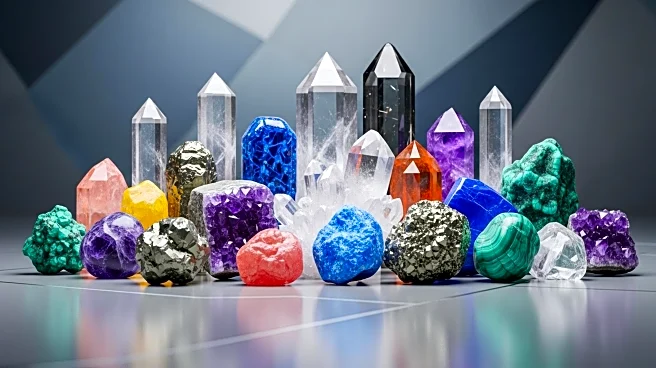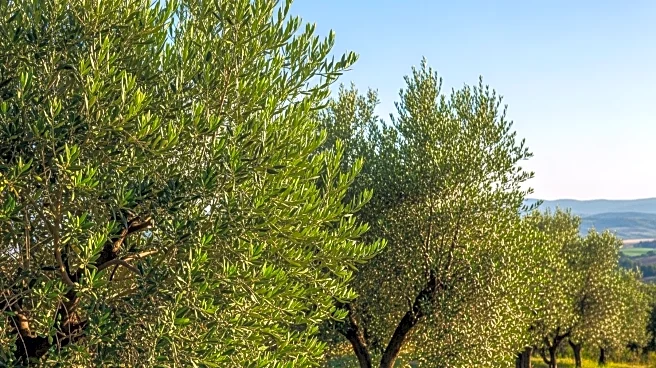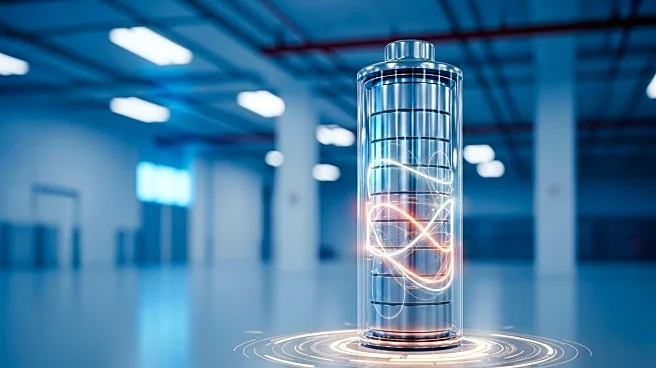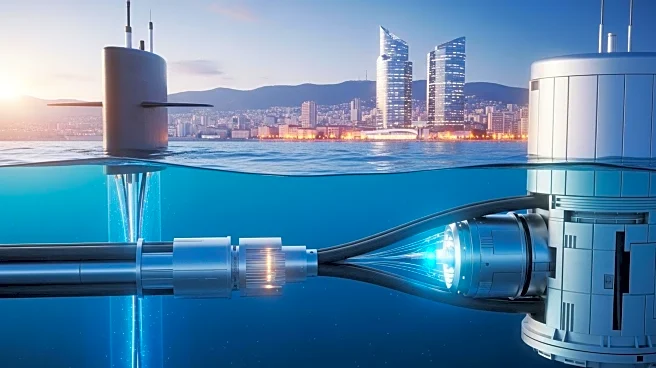What is the story about?
What's Happening?
The European Union Emissions Trading System (EU ETS) has undergone revisions that are set to subsidize low-emission steel production methods, such as H2-DRI-EAF, from 2026 to 2033. These changes include free allocation of EUAs for the production of pellets, direct reduced iron (DRI), and green hydrogen, which were previously subject to EU ETS costs. The revisions aim to shift the competitive landscape in favor of low-emission steel production, disadvantaging traditional blast furnace-basic oxygen furnace (BF-BOF) methods due to higher carbon costs. The EU market is expected to see increased competitiveness of H2-DRI-EAF steel, driven by lower emissions and favorable allocation policies.
Why It's Important?
The EU ETS revisions are crucial for the steel industry as they promote decarbonization and the adoption of greener production methods. By incentivizing low-emission steel production, the EU aims to reduce its carbon footprint and align with global climate goals. This shift could lead to increased investment in green steel technologies, impacting global steel trade dynamics. Countries with competitive renewable energy sources, like northern Scandinavia, Portugal, and Spain, may gain a market advantage. The changes could also trigger a decarbonization race among steel producers, influencing global steel production strategies and environmental policies.
What's Next?
As the EU ETS revisions take effect, steel producers are likely to invest in H2-DRI-EAF technologies to maintain competitiveness. The phase-out of free allocation for high-emission methods will further pressure traditional steel production routes to innovate or face market disadvantages. The EU's focus on decarbonization may lead to increased collaboration with countries that have favorable conditions for green steel production. Additionally, the EU's policies could influence other regions to adopt similar measures, potentially leading to a global shift towards sustainable steel production.
AI Generated Content
Do you find this article useful?
